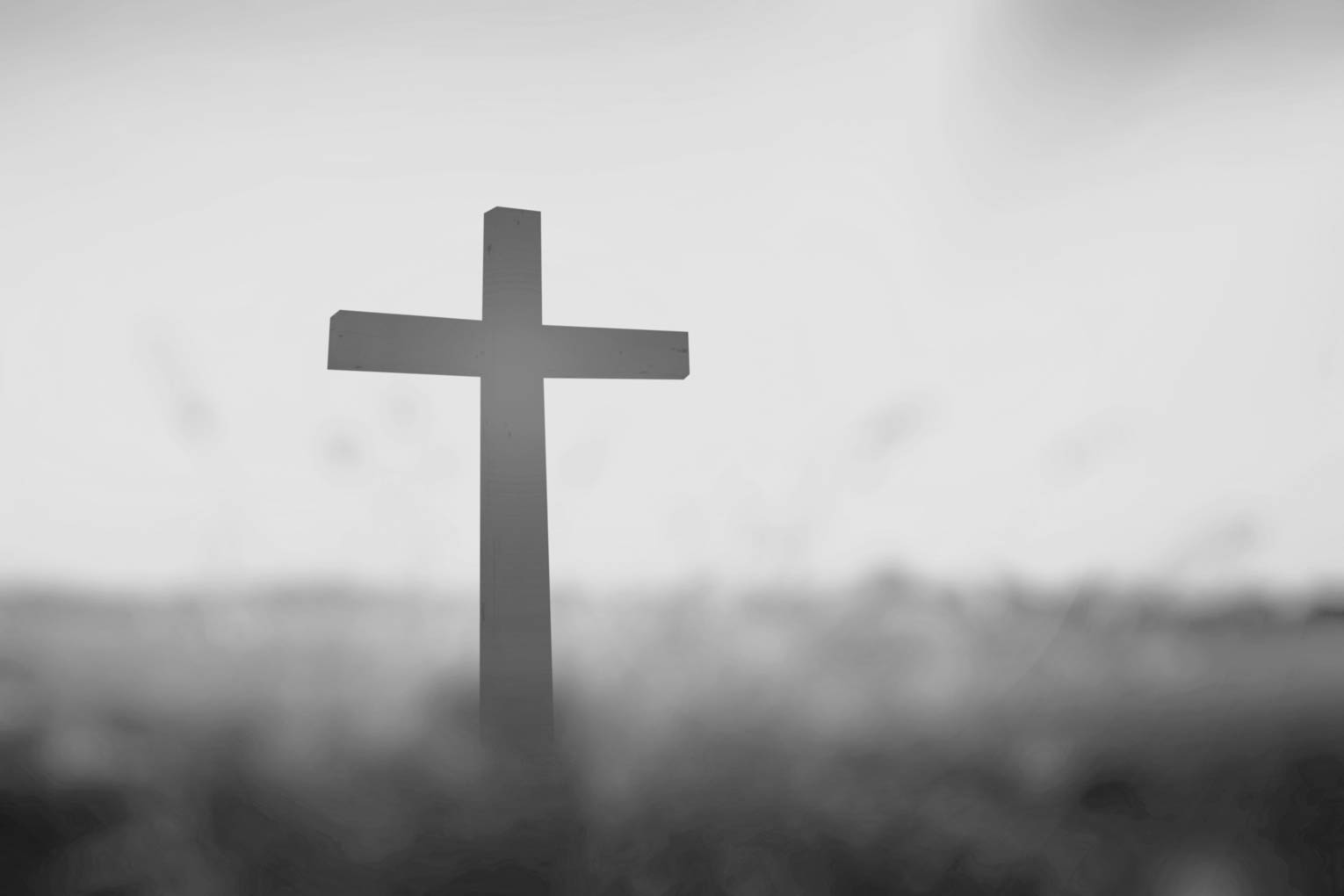
Everything rides on the reality of resurrection.
A general belief in the resurrection at the end of days is present in the Old Testament. For example, at the end of Daniel’s visions, there is a scene that seems very familiar to readers of the book of Revelation. In this scene, “there shall be a time of trouble, such as never has been since there was a nation till that time. But at that time your people shall be delivered, everyone whose name shall be found written in the book” (Dan 12:1). After this, “many of those who sleep in the dust of the earth shall awake, some to everlasting life, and some to shame and everlasting contempt” (Dan 12:2). This vision affirms a belief in a general resurrection of all those who have died. The vision also affirms that there is to be some sort of judgment following the resurrection. Some will awake to glory, others to terror.
In the Gospels, Jesus also affirms the reality of a future resurrection. He also indicates his role in that resurrection. Jesus tells the crowds, “And this is the will of him who sent me, that I should lose nothing of all that he has given me, but raise it up on the last day” (John 6:39). Jesus explains, “For this is the will of my Father, that everyone who looks on the Son and believes in him should have eternal life, and I will raise him up on the last day” (John 6:40). The belief in a general resurrection is given a specific profile by Jesus. Those who believe in the Son will not only awake, but they will awake in his presence.
Everything rides on the reality of resurrection.
One might ask, though, does Jesus really have this kind of power? Can this one really raise the dead at the end of days? The disciples might have asked this very question when Jesus tells them, “Our friend Lazarus has fallen asleep, but I go to awaken him” (John 11:11). They don’t understand and think Jesus has misjudged the situation. He couldn’t really mean that he was going to reverse the sting of death, could he? Standing outside the tomb of Lazarus, Jesus pictures this resurrection reality with a call that cuts through the complicated layers of doubt: “Lazarus, Come Out!” (John 11:43).
Just before this, Martha too had misunderstood. When Jesus said to her, “Your brother will rise again,” Martha thinks he is referring to the resurrection hope at the end of days. She says, “I know that he will rise again in the resurrection on the last day” (John 11:24). Martha was right. She was simply unaware that Jesus was about to demonstrate the reality of what will take place on that day by putting on a display of resurrection life on this day.
Her brother would rise again at the end of days, but he would also stand by her side again by the end of this day. To all those who would doubt that he has the power to bring about the resurrection on the last day, Jesus’ words breathe hope: “I am the resurrection and the life. Whoever believes in me, though he die, yet shall he live, and everyone who lives and believes in me shall never die” (John 11:26).
Paul’s gospel message includes this staggering hope in the resurrection. For him, the entire structure of our salvation in Christ rests on the reality of this reality. As he urges, “If there is no resurrection of the dead, then not even Christ has been raised. And if Christ has not been raised, then our preaching is in vain and your faith is in vain” (1 Cor 15:13). Paul insists on the necessity of the resurrection (1 Cor 15:12-28) even while recognizing the mystery of the resurrection (1 Cor 15:50-57).
This is the Easter wager. If Christ has not been raised, then Christian faith is futile, believers are still stuck in their sin, and those who have died lay in those graves devoid of hope. If the dead are not raised, our blessed hope is six feet under. “But in fact,” Paul counters, “Christ has been raised from the dead” (1 Cor 15:20). This fact means that he is the “firstfruits of those who have fallen asleep. For as by a man came death, by a man has come also the resurrection of the dead.” (1 Cor 15:21).
At this point, Paul turns his gaze toward the further up and further in horizon of eschatology. Because Christ rose from the grave, he can now return from the heavens. “Then comes the end,” Paul continues, “when he delivers the kingdom to God the Father after destroying every rule and every authority and power” (1 Cor 15:25-26).
Do you grieve for those who have died trusting in Christ to save them? They’re gone. We can’t see them. Their faith is now out of sight. We’re not able to hear them cling to promises and hold on to this resurrection hope. We can no longer overhear them speak, pray, or worship. In that relational silence, our hearts inquire: Was their hope in vain? How can we know for sure if we can no longer see them? Will they really rise on that last day?
Paul tells Thessalonian believers who wondered these very things, “We do not want you to be uninformed, brothers, about those who are asleep, that you may not grieve as others do who have no hope. For since we believe that Jesus died and rose again, even so, through Jesus, God will bring with him those who have fallen asleep. . . .The dead in Christ will rise” (1 Thess 4:13-16).
Everything rides on the reality of resurrection.
As Jesus asked standing in front of a Jewish tomb moments before he stuck a dagger through the heart of death, “Do you believe?”

